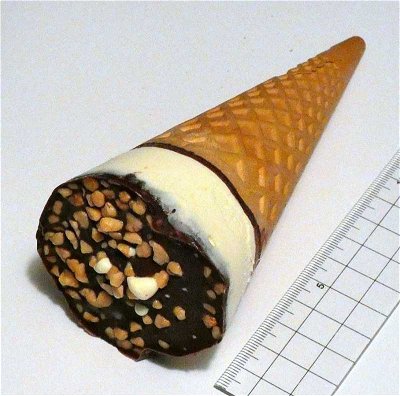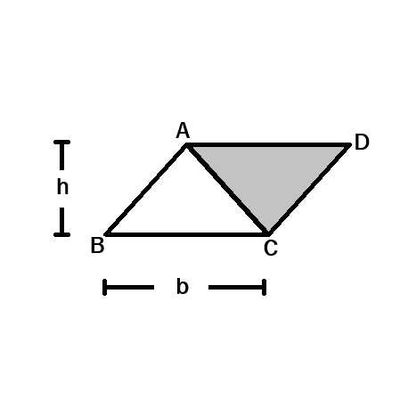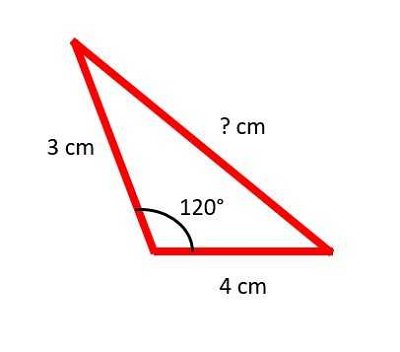16. Find the area of a regular hexagon with a side length of 4.
From Quiz Geometry
Answer:
24 times the square root of 3
First, use the theorem to find the area of a regular polygon: A = 1/2 * A * P, where A = the apothem and P = the perimeter of the figure.
Since it's a hexagon, it has six sides, which are all 4 (so the perimeter is 6 * 4 = 24). Put this into the equation and you now have A = 1/2 * a * 24. You can now reduce this to A = 12 * a, or A = 12a. This is because 24 * 1/2 = 12. In hexagons, you can set up 6 equilateral triangles in its interior, with sides of 4. Divide any of these in half, and you are given a 30-60-90 triangle, whose side lengths are proportional 1:square root of 3:2, where 1 is the short leg, 2 is the hypotenuse, and the square root of 3 is the long leg. You know this is a 30-60-90 triangle because 2, the shorter leg, is half of 4, the hypotenuse. Then you can multiply the shorter leg, 2, by the square root of 3 to get 2 times the square root of 3 for the apothem. This is because of the proportion mentioned above. Now, plug this into the equation A=12*2 times the square root of 3. Your answer, after simplifying, is 24 times the square root of 3. Not too complicated.
 Select the term that a mathematician might use when trying to describe each of the objects shown. Where relevant, these are real life objects, so display imperfections, and are not ideal examples.
Select the term that a mathematician might use when trying to describe each of the objects shown. Where relevant, these are real life objects, so display imperfections, and are not ideal examples.  Select the term that a mathematician might use when trying to describe each of the objects shown. Where relevant, these are real life objects, so display imperfections, and are not ideal examples.
Select the term that a mathematician might use when trying to describe each of the objects shown. Where relevant, these are real life objects, so display imperfections, and are not ideal examples.  No math drills here... just some formulas, theorems, and other assorted geometric whatnots handpicked just for you (yes, you!) to test whether you remember as much as you think you do from back in the day. Good luck!
No math drills here... just some formulas, theorems, and other assorted geometric whatnots handpicked just for you (yes, you!) to test whether you remember as much as you think you do from back in the day. Good luck!
 As the title states, this quiz will examine examples of geometric shapes or concepts that we can find in our daily life, both natural and man-made.
As the title states, this quiz will examine examples of geometric shapes or concepts that we can find in our daily life, both natural and man-made. 
 Quick Question
Quick Question = Top 5% Rated Quiz,
= Top 5% Rated Quiz,
 Top 10% Rated Quiz,
Top 10% Rated Quiz,
 Top 20% Rated Quiz,
Top 20% Rated Quiz,
 A Well Rated Quiz
A Well Rated Quiz